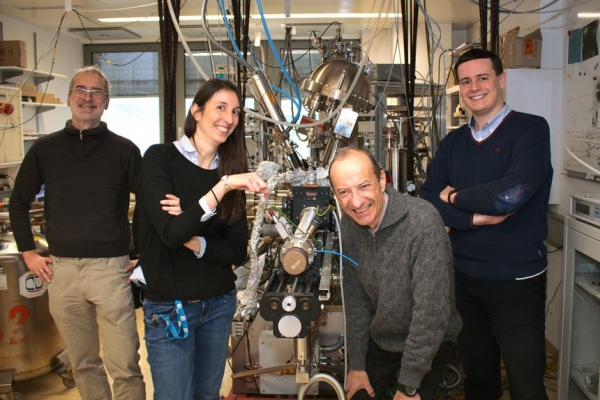Feldspar is very common in rocks. As atmospheric dust, this mineral contributes efficiently to cloud formation. Researchers at TU Wien have now discovered what happens during this process.
Feldspar is a ubiquitous mineral and makes up about half of the Earth's crust. In the Earth's atmosphere, feldspars play a surprisingly important role. Fine powder carried by air influences cloud formation. Water molecules adhere better to feldspar dust than to other particles. Tiny feldspar grains, floating in the atmosphere, thus become excellent nucleation seeds, where water molecules stick and freeze, eventually forming a cloud.
It is unclear why feldspar has this remarkable ability to bind water efficiently and enable cloud formation. Using a highly sensitive atomic force microscope, researchers at TU Wien have shown that the unique geometry of the feldspar surface provides the perfect anchoring point for OH groups of hydrogen and oxygen—and subsequently for water.
Read more at Vienna University of Technology
Image: Florian Mittendorfer, Giada Franceschi, Michael Schmid und Andrea Conti (left to right) (Credit: Vienna University of Technology)


